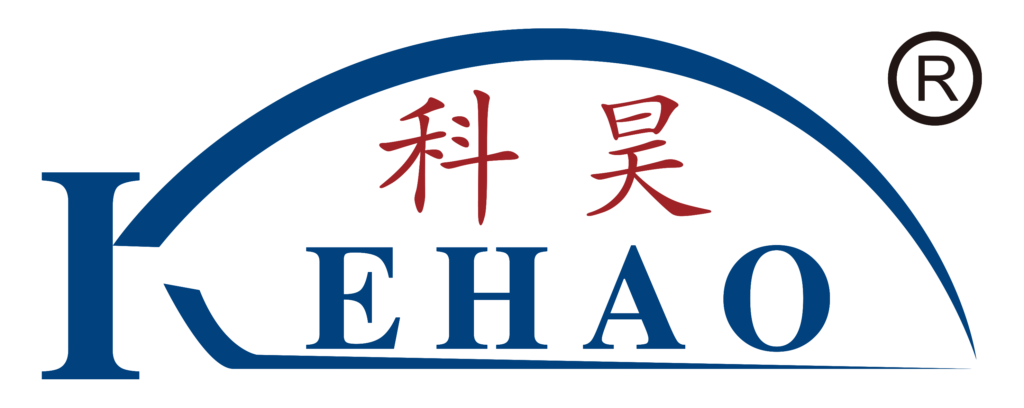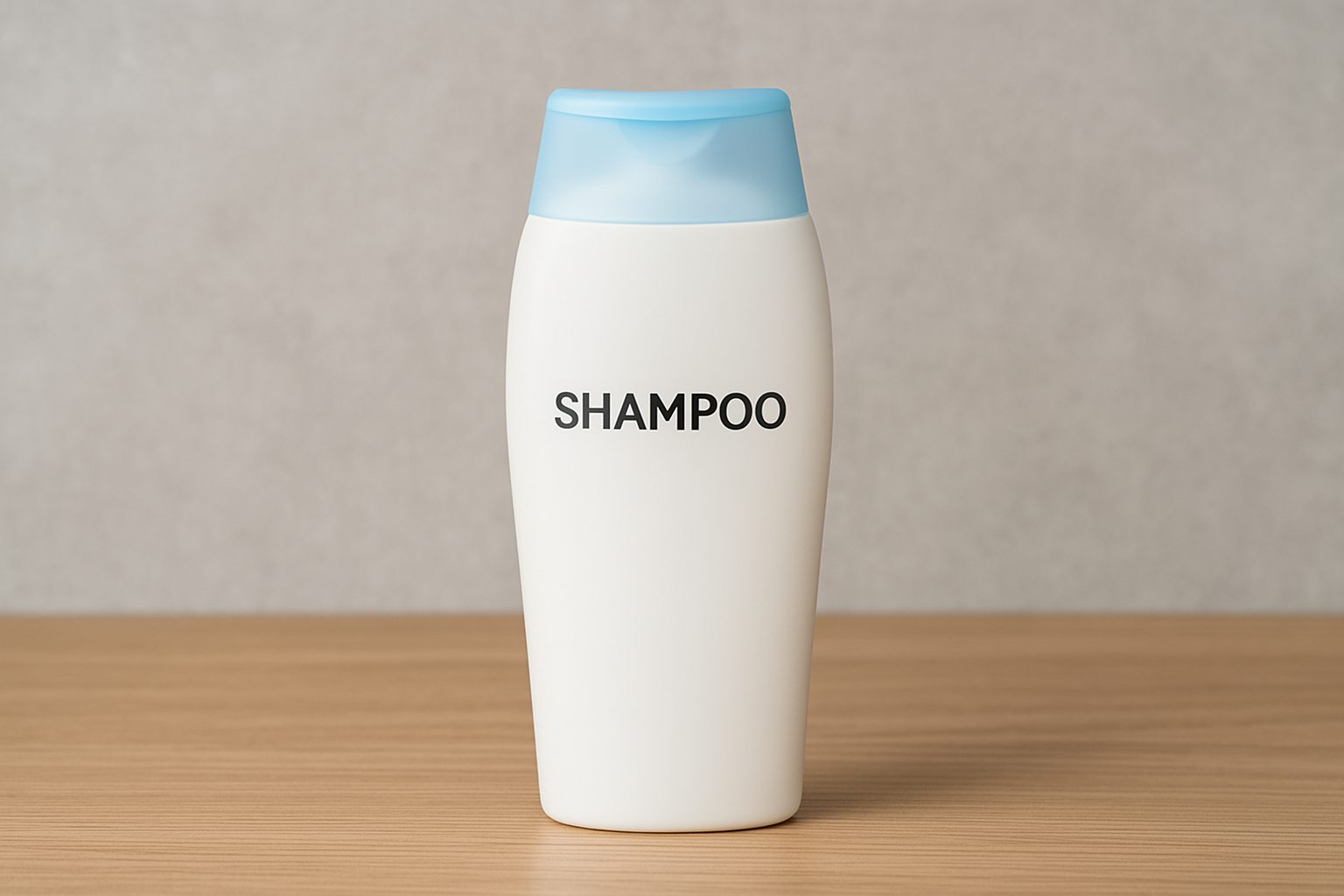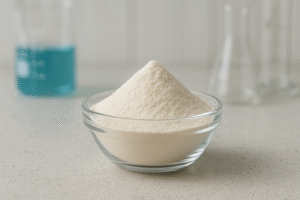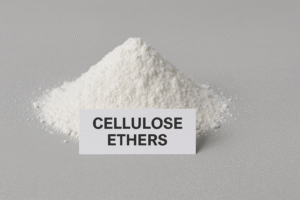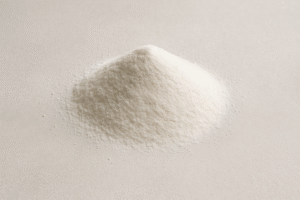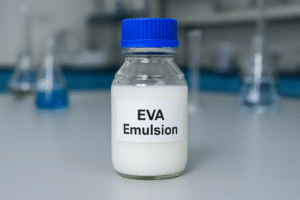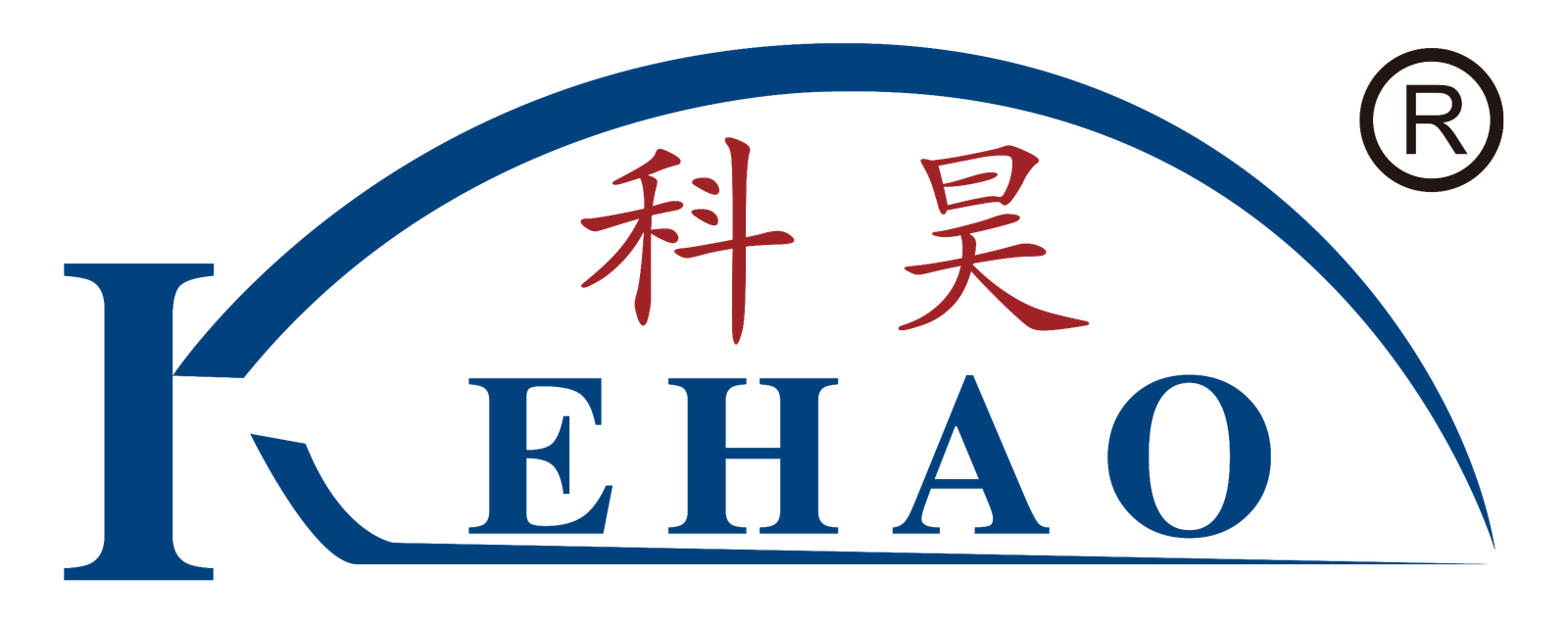Are you worried about what's really in your shampoo? Most people wash their hair regularly without knowing the chemicals they're rubbing into their scalp. This lack of knowledge can lead to hair problems.
Shampoo typically contains surfactants, conditioning agents, pH adjusters, preservatives, and fragrance. The main cleansing agent is usually sodium lauryl sulfate or similar surfactants that remove dirt and oil by creating a lathering effect when mixed with water.
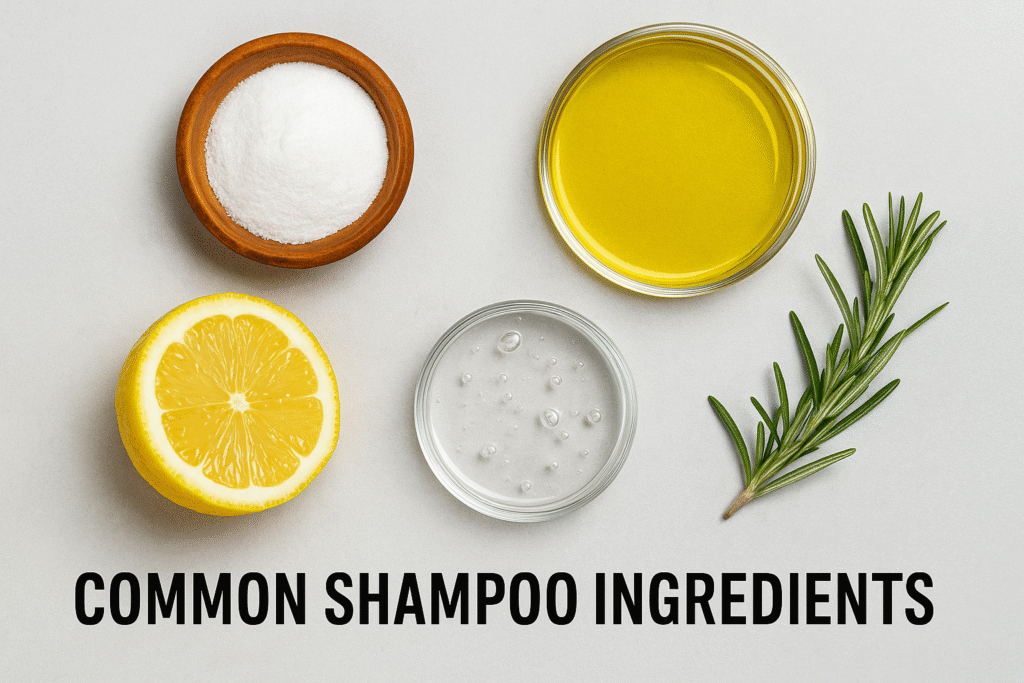
Understanding shampoo ingredients doesn't need to be complicated. I've spent years researching these formulations for my chemical manufacturing business, and I can break down the most important components in simple terms. Let's look at what makes up your daily hair cleanser and why each ingredient matters.
What Are The Main Active Ingredients In Shampoo?
Have you ever wondered why some shampoos clean better than others? The answer lies in the surfactants they contain. These cleaning agents are what make the difference between a deep clean and a disappointing wash.
Surfactants (surface active agents) are the primary cleansing ingredients that remove dirt, oil, and product buildup from your hair. The most common ones include sodium lauryl sulfate (SLS), sodium laureth sulfate1 (SLES), and cocamidopropyl betaine. These work by creating a lathering action that traps oil and dirt so they can be rinsed away.
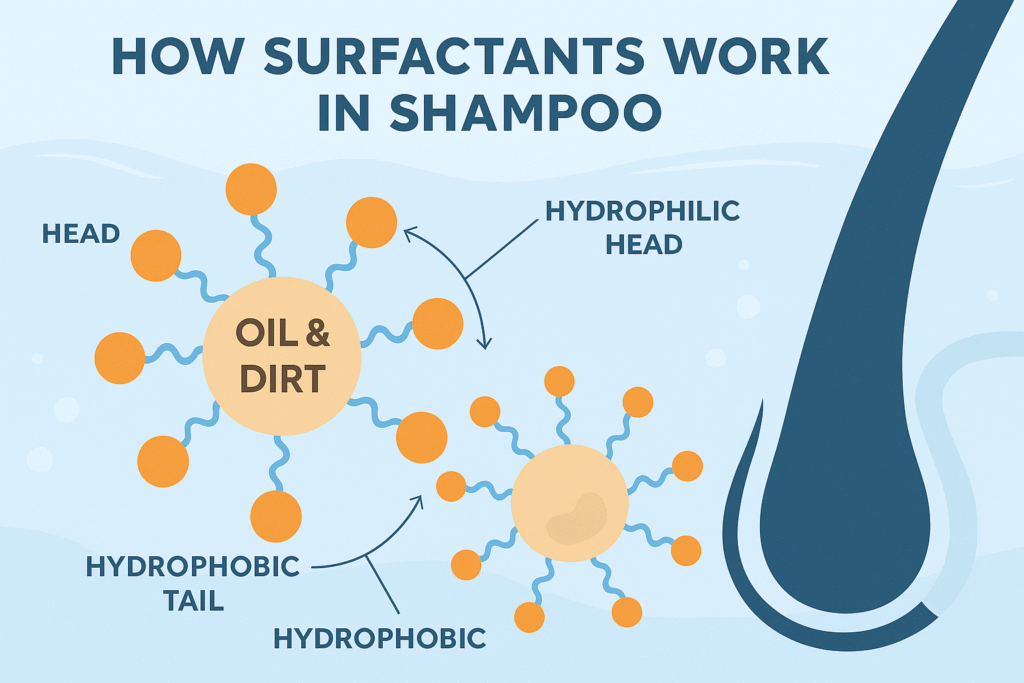
Surfactants are what make shampoo work effectively. I remember visiting a shampoo manufacturing plant where the chemist showed me exactly how these molecules function. One end of the surfactant molecule attaches to water while the other end attaches to oil and dirt. This unique structure allows them to lift away unwanted substances from your hair.
Types of Surfactants in Modern Shampoos
Different surfactants have different properties that affect how your shampoo performs. Here's a breakdown of the main types:
| Surfactant Type | Examples | Properties | Best For |
|---|---|---|---|
| Anionic | Sodium Lauryl Sulfate, Sodium Laureth Sulfate | Strong cleansing, high lather | Oily hair |
| Amphoteric | Cocamidopropyl Betaine, Sodium Cocoamphoacetate | Mild, good foam stabilizer | Sensitive scalp |
| Nonionic | Decyl Glucoside, Coco Glucoside | Very gentle, low foam | Dry, damaged hair |
| Cationic | Quaternary ammonium compounds | Poor cleansing, good conditioning | Usually in conditioners |
For regular cleaning, most shampoos use a combination of anionic surfactants for deep cleansing and amphoteric surfactants to make the formula gentler. In my factory, we typically use a 5:1 ratio of primary to secondary surfactants to achieve the ideal balance of cleaning power and mildness. This is why you'll often see multiple surfactants listed on your shampoo label rather than just one.
Why Are Conditioning Agents Added To Shampoo?
Does your hair feel dry and brittle after washing? This happens because strong cleansers strip away too much natural oil. That's why conditioning agents are added to modern shampoos.
Conditioning agents help replace some of the natural oils removed during washing, leaving hair smoother and more manageable. Common conditioning ingredients include dimethicone, panthenol (vitamin B5), and various quaternary ammonium compounds ("quats") that coat the hair shaft to reduce friction.
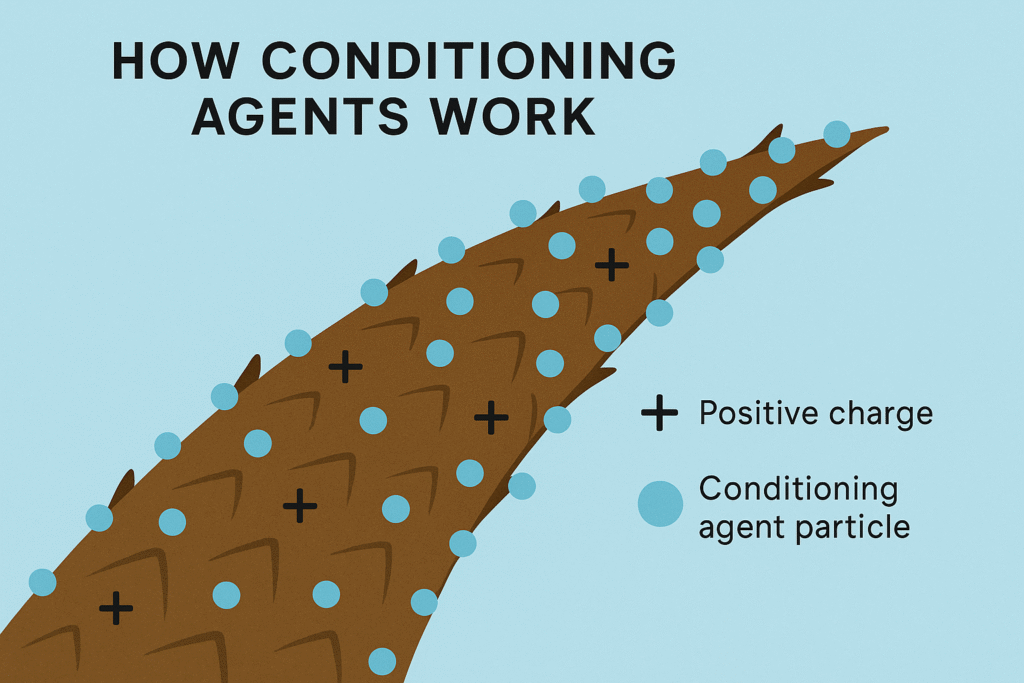
Conditioning agents work by coating the hair shaft with a thin film that provides several benefits. On my recent trip to a hair care laboratory, I observed how these agents adhere to damaged areas of the hair cuticle. The conditioning molecules are positively charged, which means they're attracted to the negative charge of damaged hair.
How Conditioning Agents Improve Hair Quality
The conditioning system in a shampoo is crucial for maintaining hair health. Here's how different conditioning agents contribute to hair care:
| Conditioning Agent | Function | Benefits | Common Examples |
|---|---|---|---|
| Silicones | Creates a protective film | Smooths cuticle, adds shine | Dimethicone, Amodimethicone |
| Proteins | Temporarily repairs damage | Strengthens hair, fills gaps | Hydrolyzed Wheat Protein, Keratin |
| Humectants | Attracts moisture | Prevents dryness | Glycerin, Propylene Glycol |
| Quaternary Compounds | Static reduction | Detangles, softens | Polyquaternium-7, Behentrimonium Chloride |
In our factory's formulation lab, we've found that the optimal conditioning agent content is between 0.5-2% of the total formula. Going above this range can leave hair feeling greasy or weighed down, while using too little won't provide noticeable benefits. When creating custom formulations for our clients, we adjust these levels based on the target hair type.
What Role Do Preservatives Play In Shampoo?
Have you ever noticed a shampoo starting to smell strange after being opened for months? Without preservatives, your shampoo would become a breeding ground for bacteria, mold, and yeast within days.
Preservatives prevent microbial growth and extend the shelf life of shampoo. Common preservatives include phenoxyethanol, parabens (methylparaben, propylparaben), and formaldehyde donors like DMDM hydantoin. These ingredients keep your product safe to use for months or years.
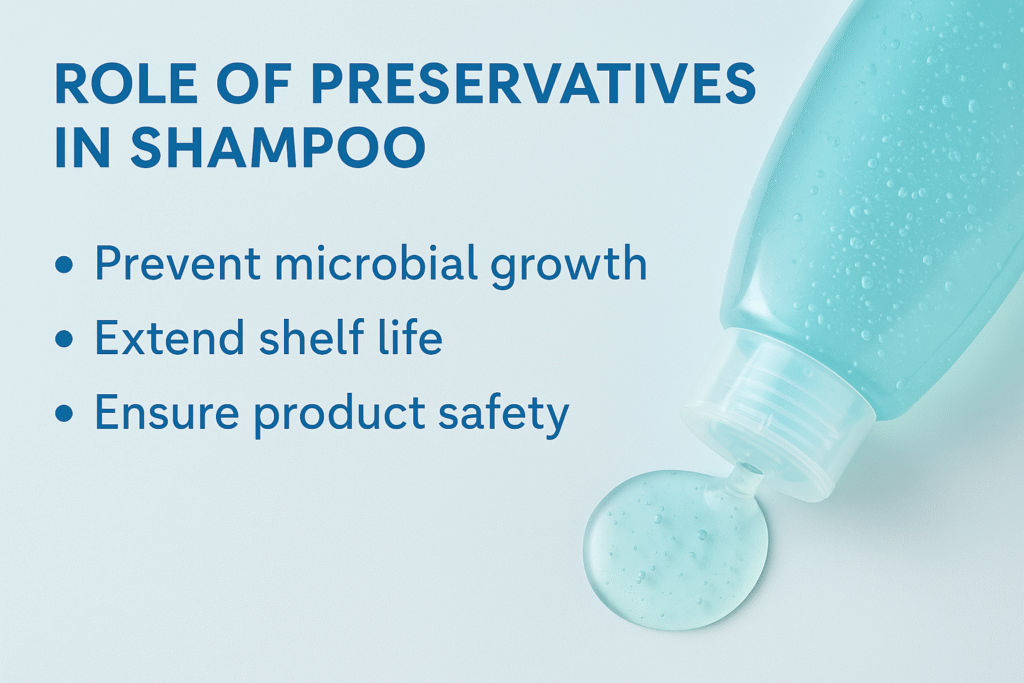
Preservatives are critical safety components in any water-based formula like shampoo. I once conducted a stability test comparing preserved and unpreserved samples of the same shampoo formula. Within just one week, the unpreserved sample developed visible mold growth and had a pH increase of nearly 1.5 points, making it potentially harmful to use.
The Safety and Efficacy of Common Preservative Systems
Despite consumer concerns, preservatives are necessary for product safety. Here's what you should know about common preservation methods:
| Preservative Type | Protection Level | Consumer Perception | Usage Level |
|---|---|---|---|
| Parabens | Excellent broad-spectrum | Controversial | 0.2-0.4% |
| Phenoxyethanol | Good against bacteria, limited against fungi | Better accepted | 0.5-1.0% |
| Organic Acids | Moderate, pH-dependent | Natural positioning | 0.5-1.5% |
| Essential Oils | Limited | Viewed as natural | 1.0-3.0% |
The preservative challenge test is a standard procedure we perform on all new formulations. A product must demonstrate the ability to kill introduced microorganisms within specified time frames to pass safety standards. Based on our testing experience, a proper preservative system typically makes up around 0.5-1.0% of a shampoo formula but provides years of protection against microbial contamination.
Conclusion
Your shampoo is a carefully balanced formula of cleansers, conditioners, preservatives2, and other functional ingredients. Understanding these components helps you make better choices for your hair's specific needs and concerns.
